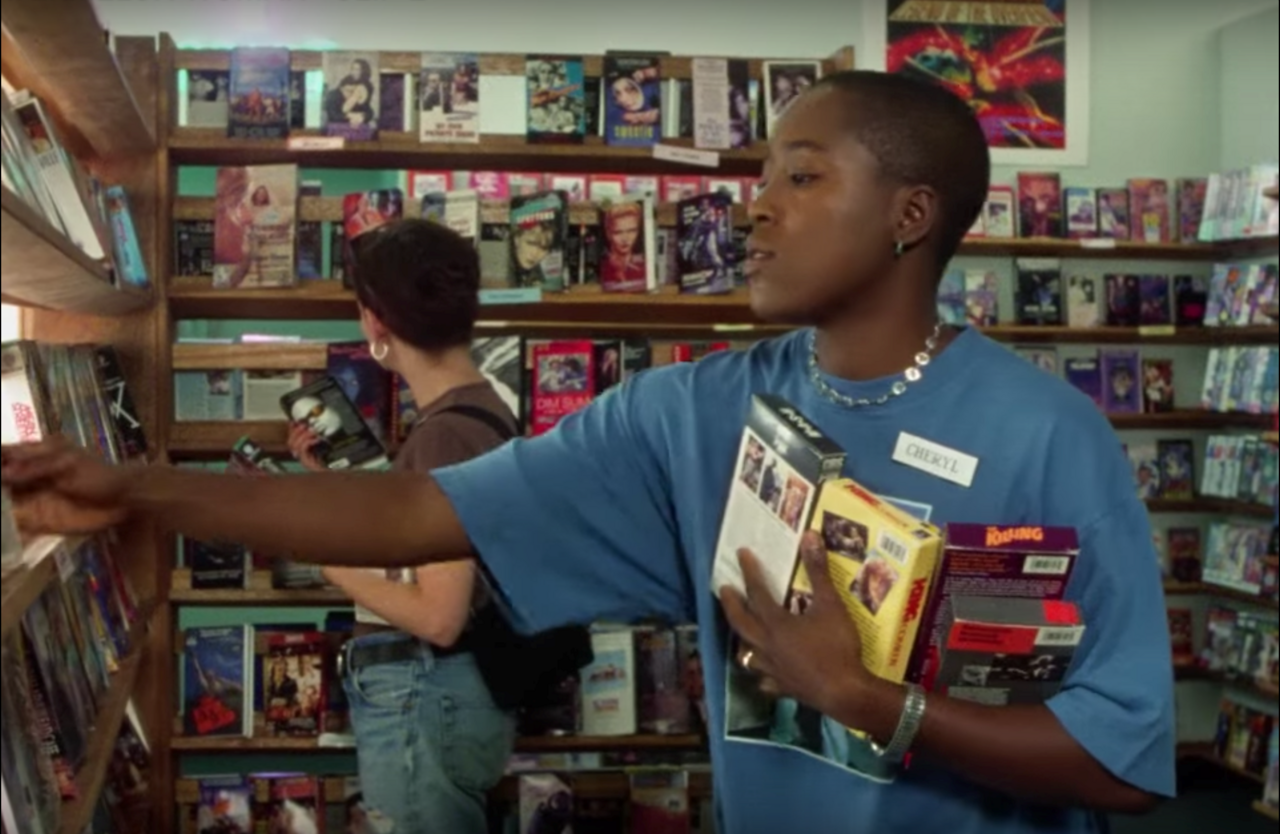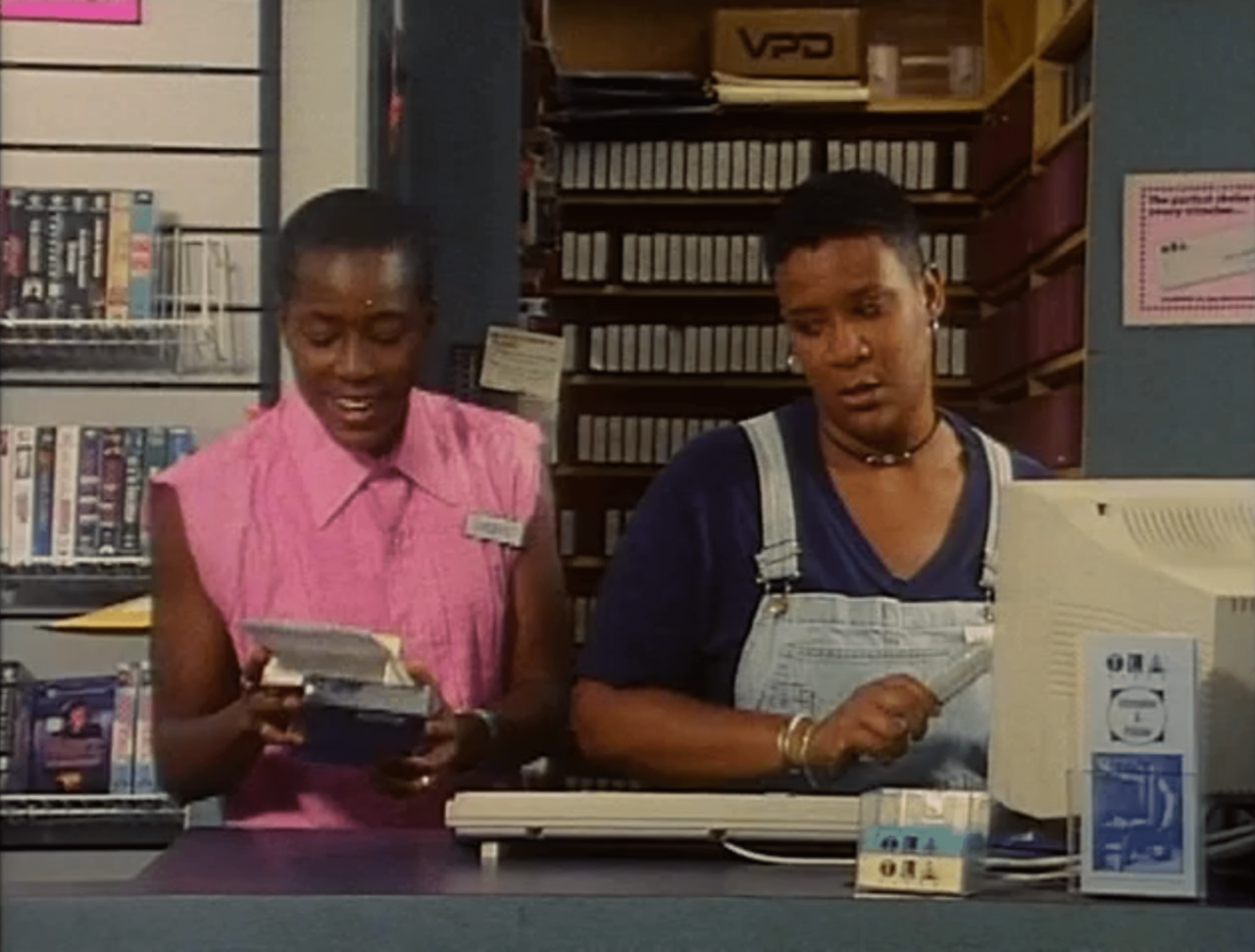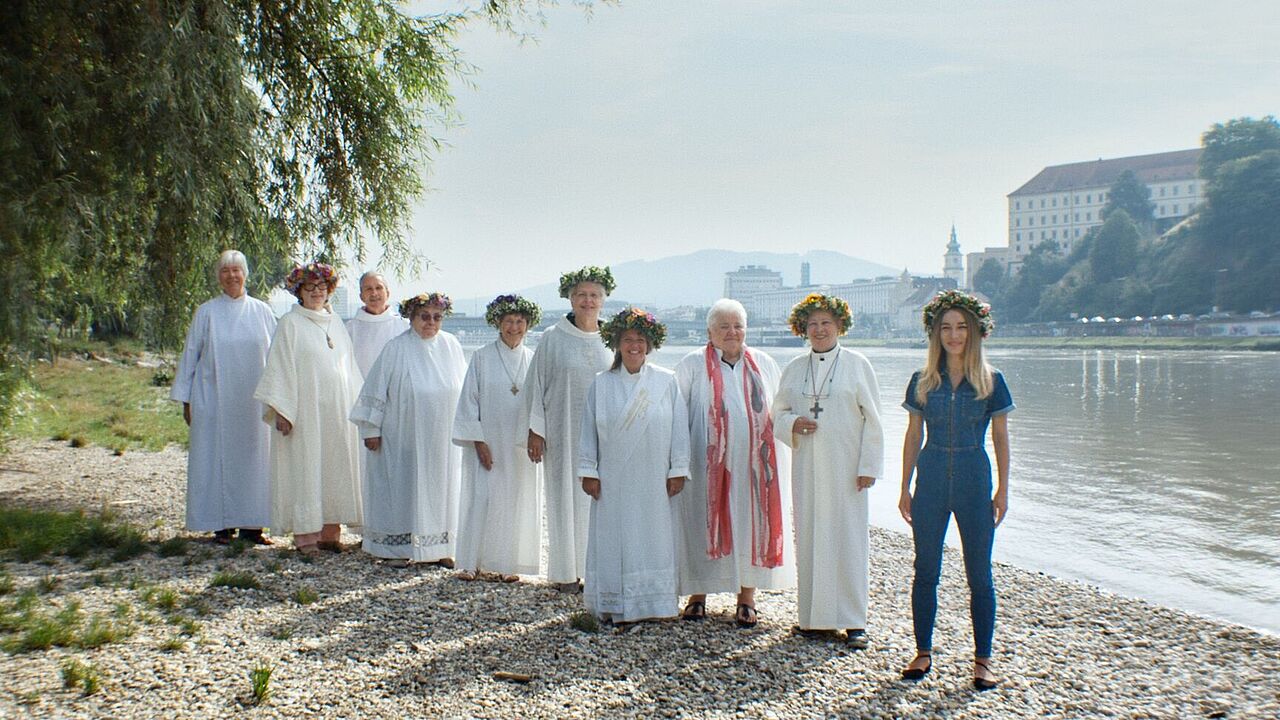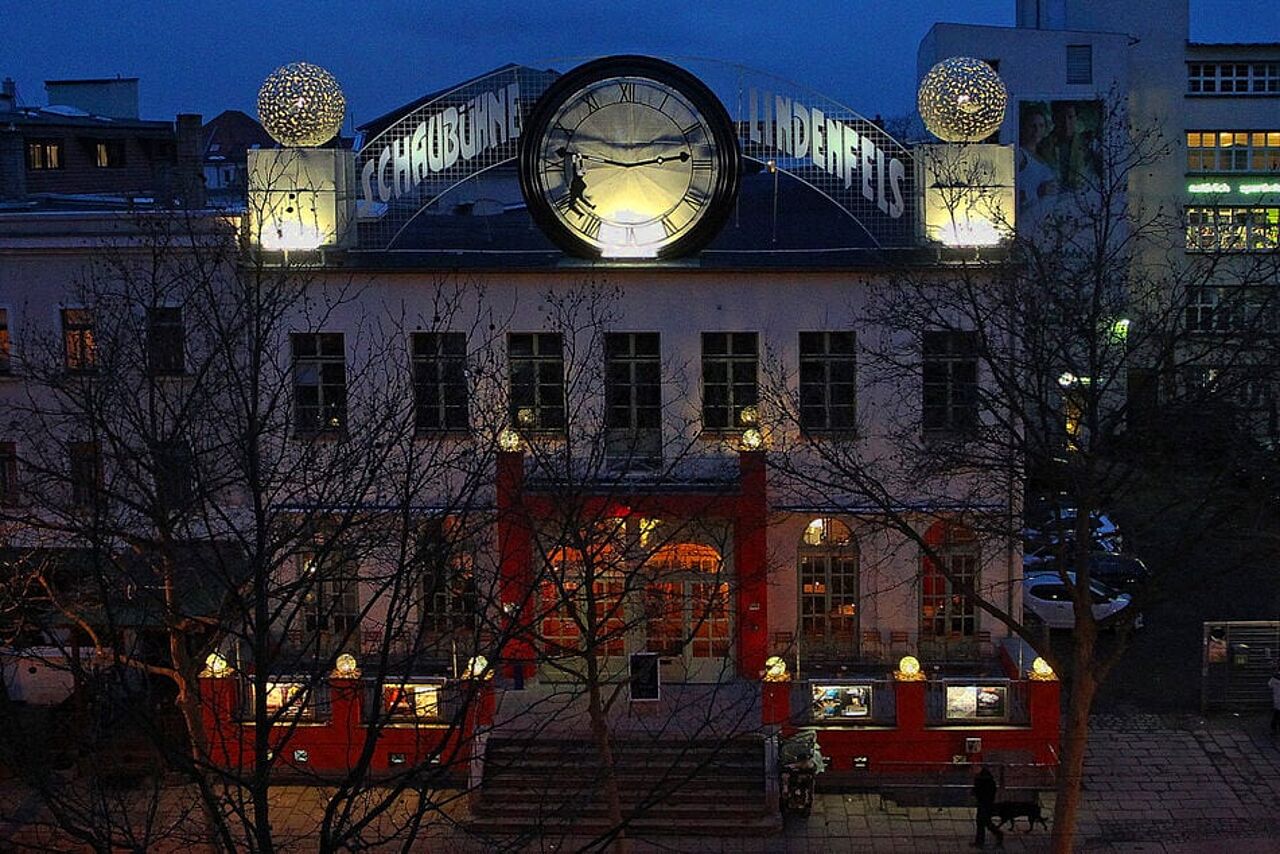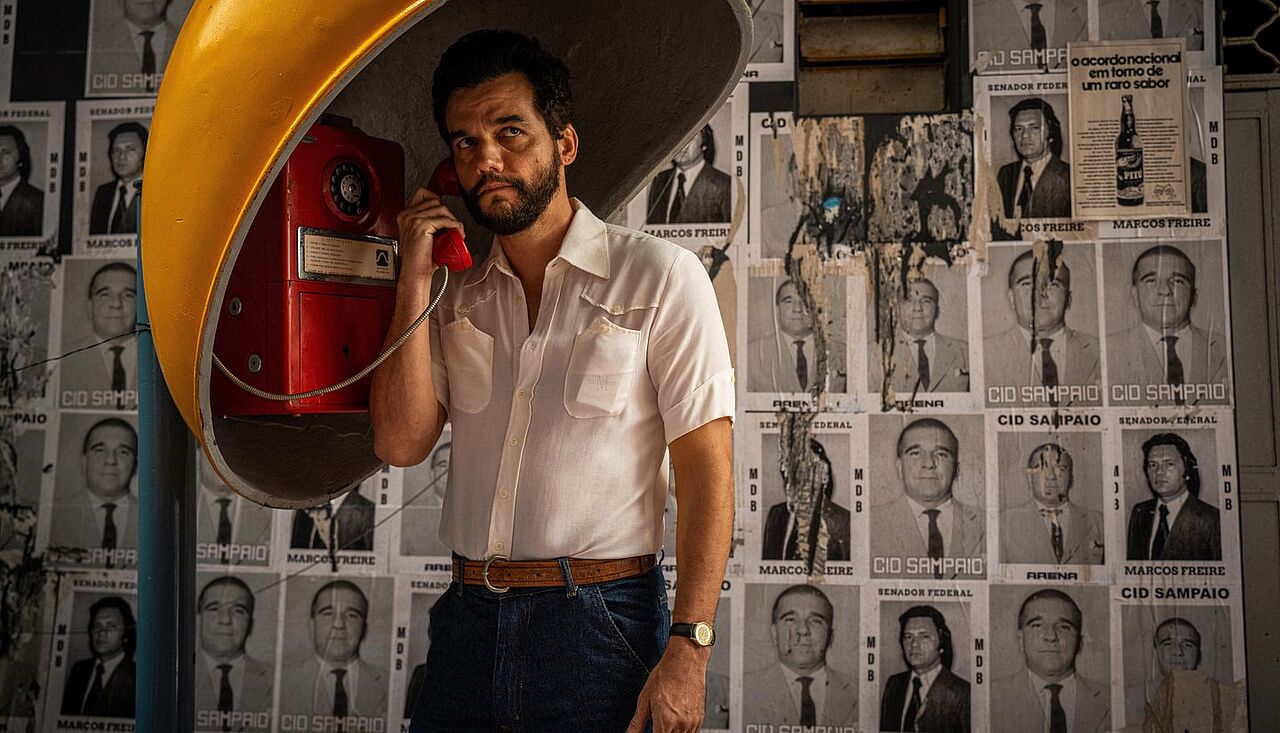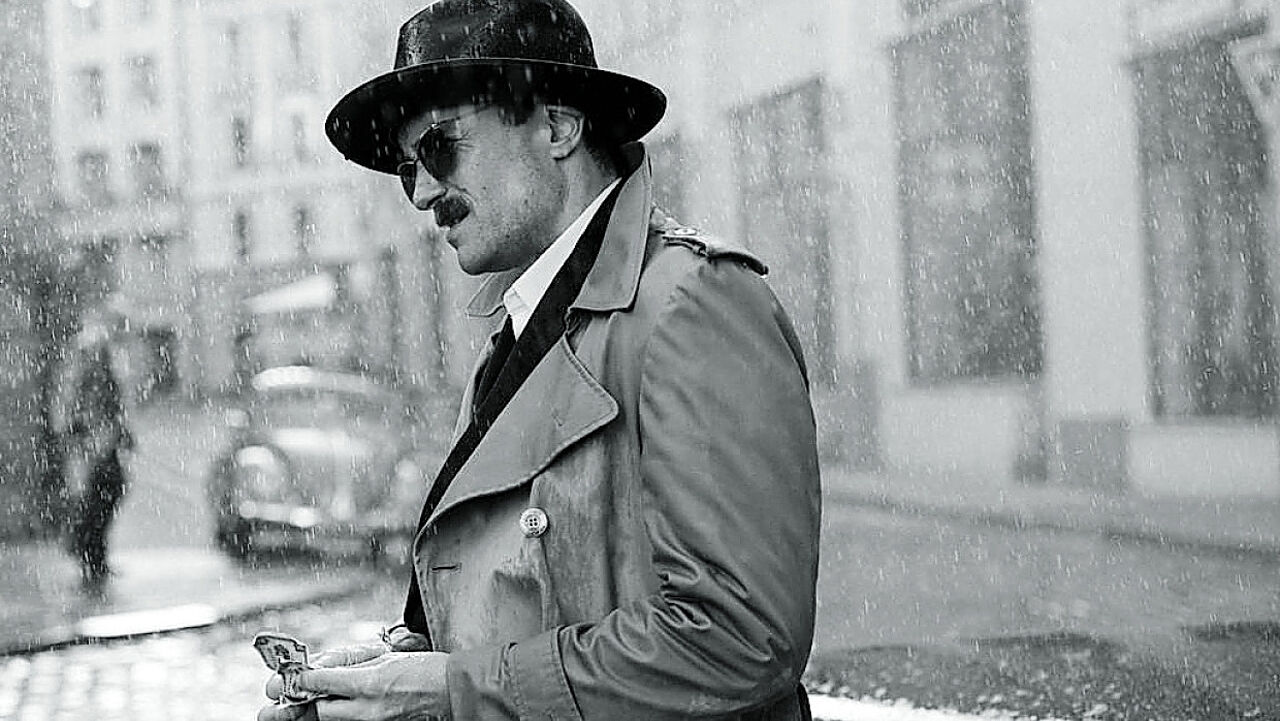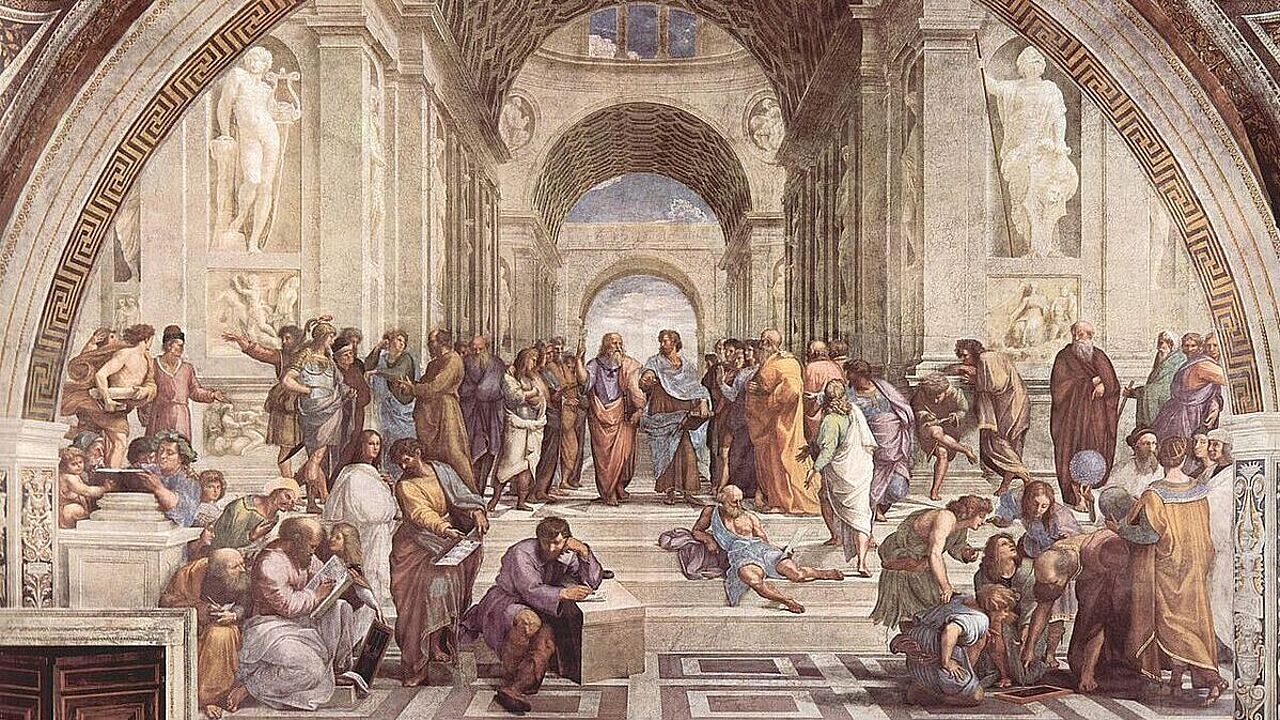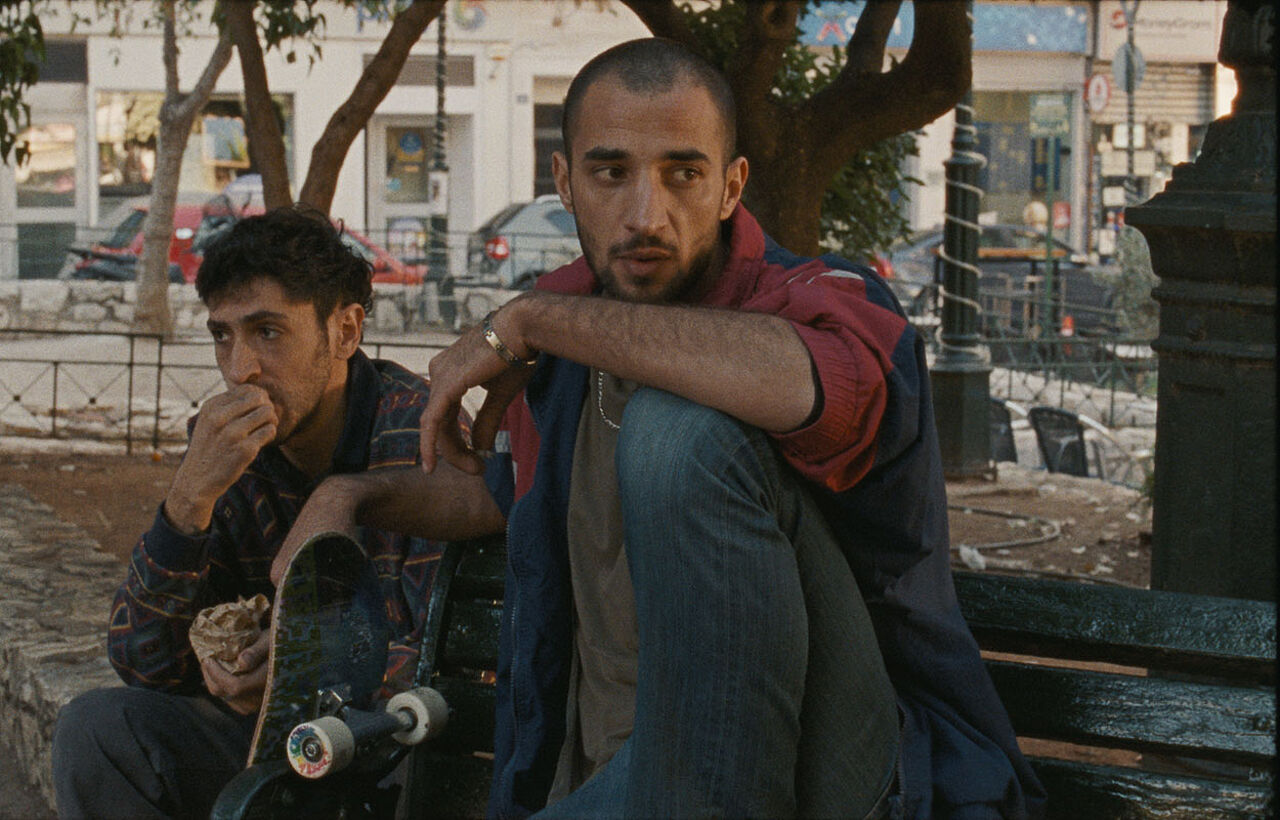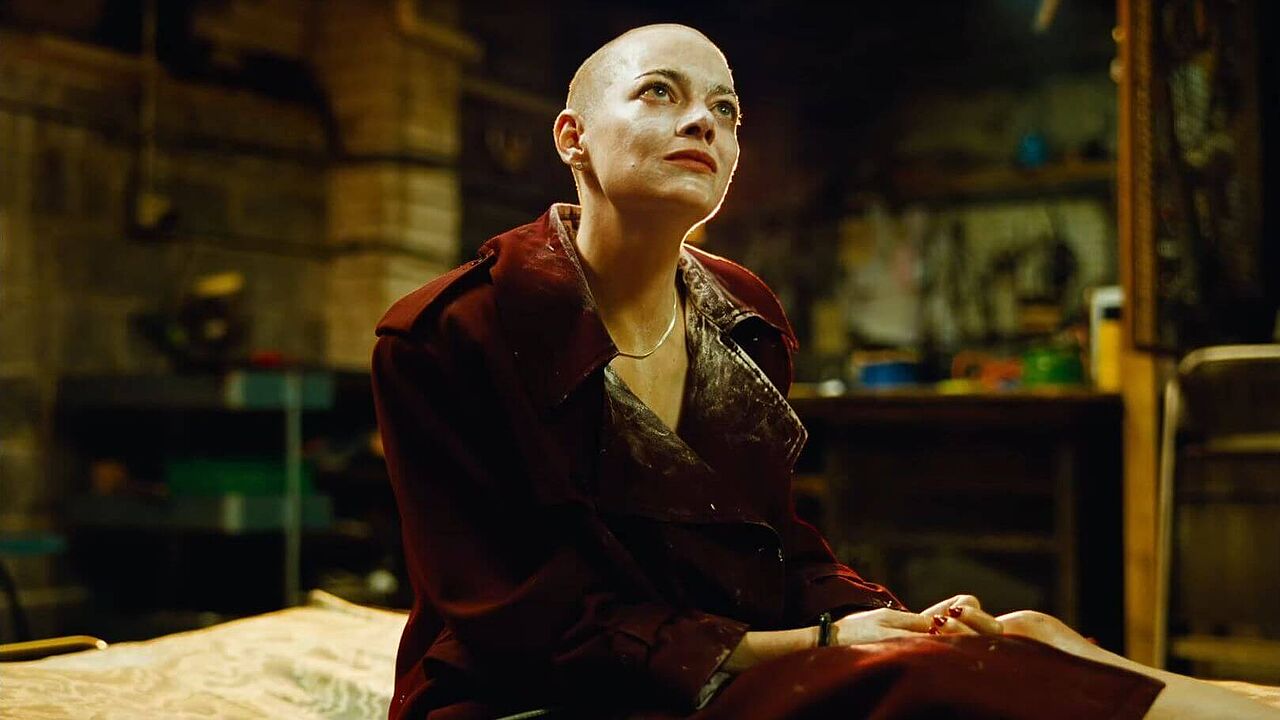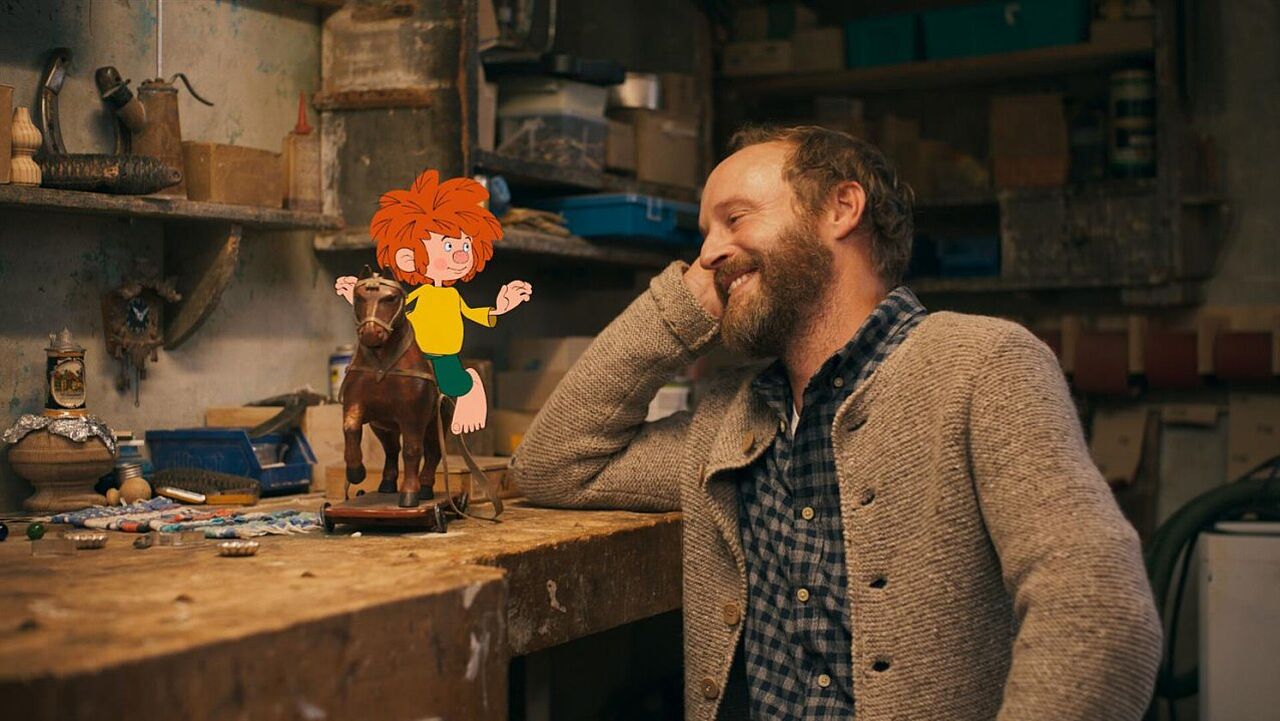Spielplan
THE WATERMELON WOMAN
(english below)
Philadelphia in den 1990er Jahren. Cheryl und Tamara sind Teil der „black lesbian community“ der Stadt und verdienen ihr Geld in einer Videothek. Nebenher versucht Cheryl ihren Einstieg als Filmemacherin in die Gänge zu bekommen und beginnt mit dem Dreh einer Dokumentation. Mit der Idee im Kopf, einen Film über die attraktive „Watermelon Woman“ zu produzieren – eine Nebendarstellerin in vielen Streifen der 1930er und 40er Jahre, die im Abspann immer nur unter diesem Namen zu finden ist – beginnt sie ihre Recherche. Die Sphären verflechten sich zunehmend und neben dem Mainplot, der von Cheryls Liebesleben und Freundschaften erzählt, wird durch pseudodokumentarische Interviews auch immer mehr über die sogenannte „Watermelon Woman“ aufgedeckt, deren Leben einige Parallelen zu dem der Protagonistin bereithält. In Dunyes Film trifft fiktive Dokumentation auf fiktionale Spielfilmatmosphäre und schafft eine amüsant und nonkonform inszenierte politische Bestandsaufnahme über die vielschichtige Verbindung von Sexualität, Klasse und Hautfarbe. Eigens für die Produktion des Film wurde der fiktive Charakter, der hinter der „Watermelon Woman“ steht, sowie ein dazugehöriges fotografisches Archiv von Cheryl Dunye und Zoe Leonard entworfen: Fae Richards, eine afroamerikanischen Schauspielerin, die im frühen 20. Jahrhundert lebte und für ihr Engagement in der Bürgerrechtsbewegung bekannt war. Dunye führt ihre Fälschung einer Lebensgeschichte auf den Mangel an Informationen im wirklichen Leben zurück: „The Watermelon Woman came from the real lack of any information about the lesbian and film history of African-American women. Since it wasn't happening, I invented it.“ (Cheryl Dunye)
USA 1996 von Cheryl Dunye, 90', englische OV
Darsteller*innen: Cheryl Dunye, Guinevere Turner, Valarie Walker
Im Anschluss: Lecture von Natascha Frankenberg zu Arbeitsweisen des Projekts von Dunye und Leonard neben anderen Beispielen und Aspekten von queeren Gegenarchiven und aktivistischer Sichtbarmachung marginalisierter Künstler*innen und deren Lebensweisen.
///
Philadelphia in the 1990s. Cheryl and Tamara are part of the city’s black lesbian community and earn their money in a video store. Meanwhile, Cheryl tries to get started as a filmmaker and begins shooting a documentary. Having set her mind on making a film about the attractive “Watermelon Woman” – a supporting actress in many flicks from the 1930s and 40s, to be found only under this name in the closing credits – she starts her research. Spheres begin to intertwine increasingly: alongside the mainplot relating to Cheryl’s love life and friendships, pseudo-documental interviews reveal more and more about the so-called “Watermelon Woman“, whose life has some parallels in store with the protagonist’s. Dunye's film meets fictive documentary with a fictional film atmosphere and creates an amusing and non-conformally enacted political inventory of the multilayered connection of sexuality, class and skin colour. The fictional character behind “Watermelon Woman“ was specifiically created for the production of the film by Cheryl Dunye and Zoe Leonard, including an accompanying photographic archive of the invented Fae Richards, an Afro-American actress who lived in the early 20th century and was known for her commitment in the civil rights movement. Dunye ascribes her fabrication of a life story to the shortcoming of information in real life: “The Watermelon Woman came from the real lack of any information about the lesbian and film history of African-American women. Since it wasn't happening, I invented it.” (Cheryl Dunye)
After the screening there will be lecture by Natascha Frankenberg dealing with working methods of Dunye’s and Leonard’s project besides other examples and aspects of queer counter-archives and activist visualization of marginalized artists and their ways of living.



